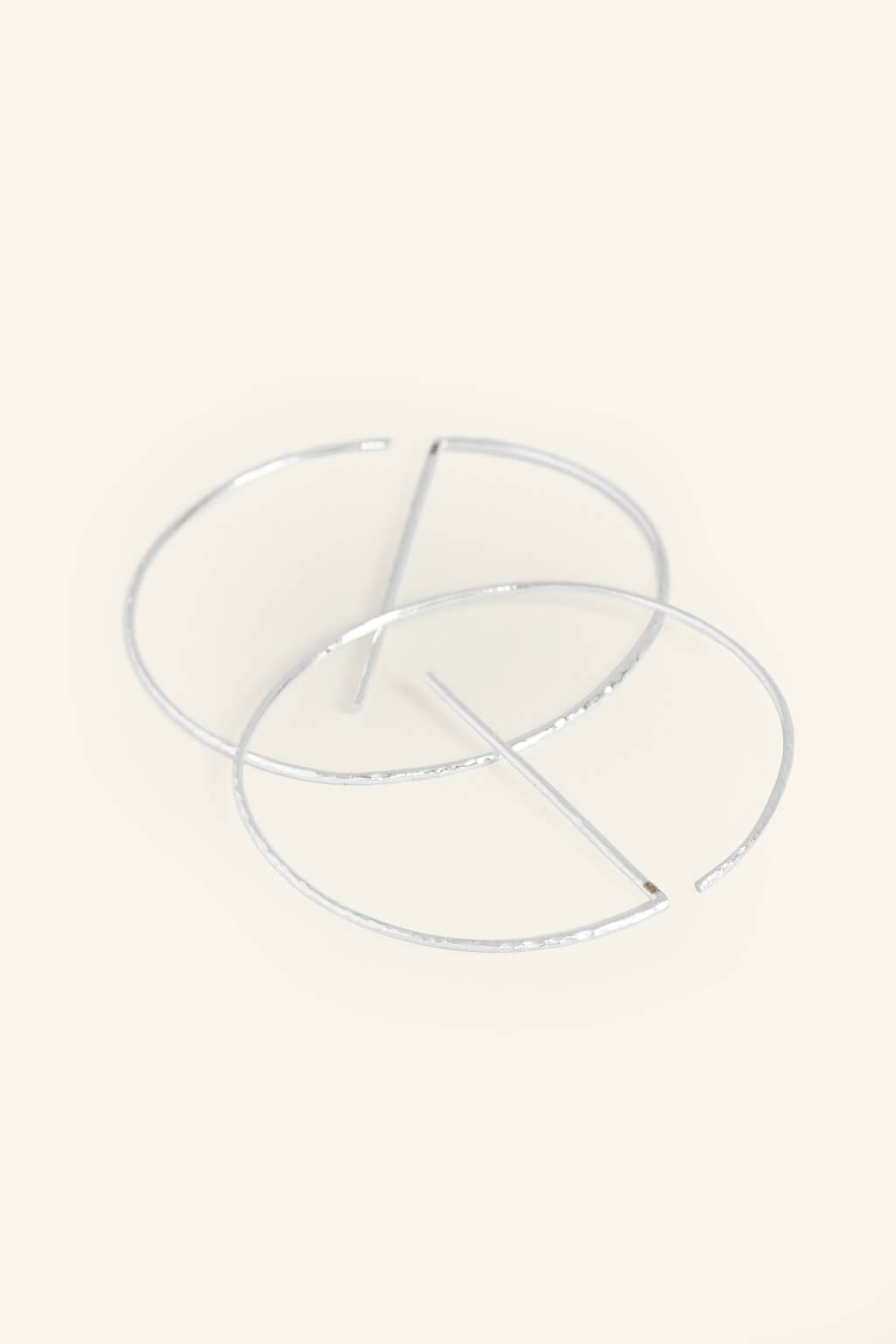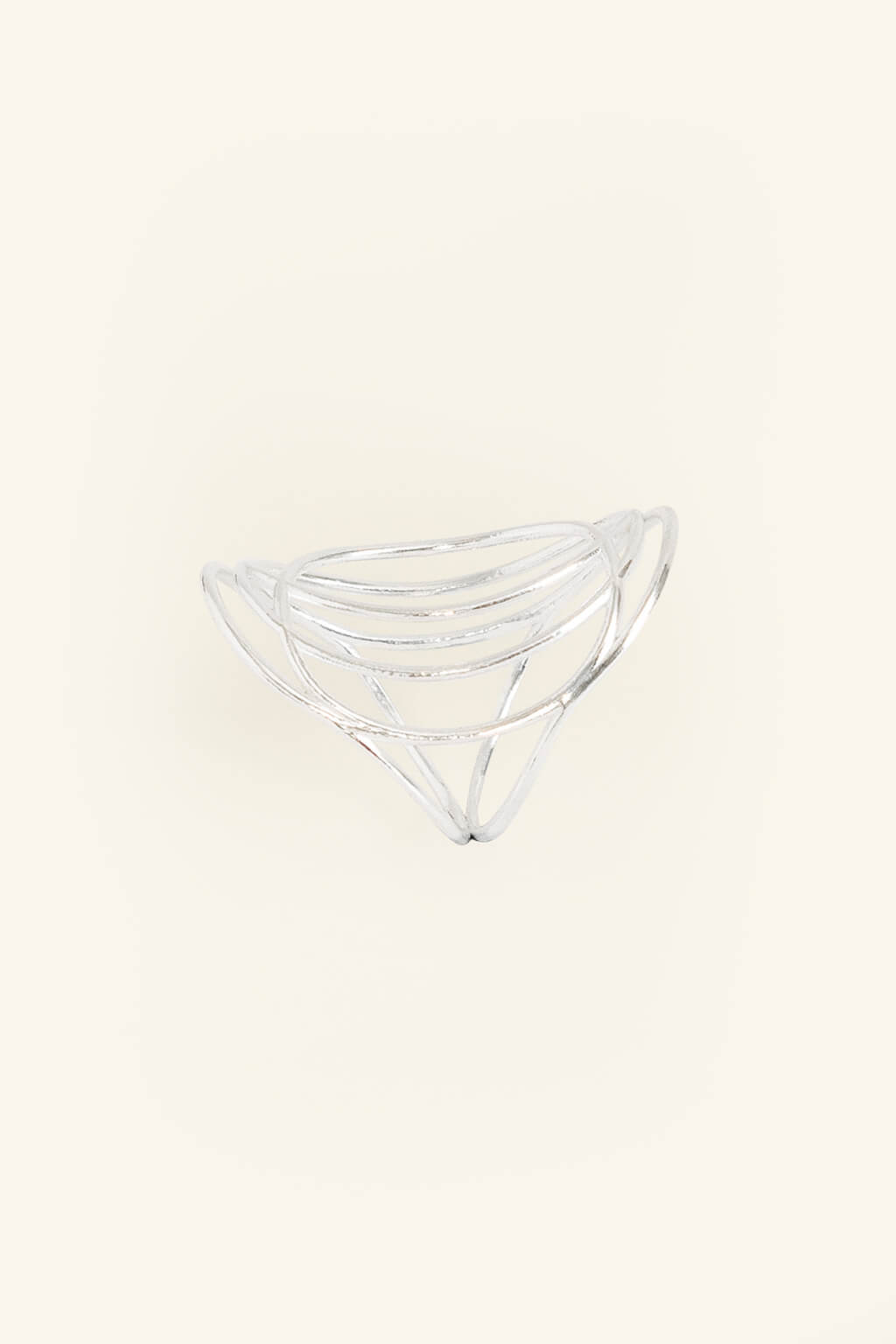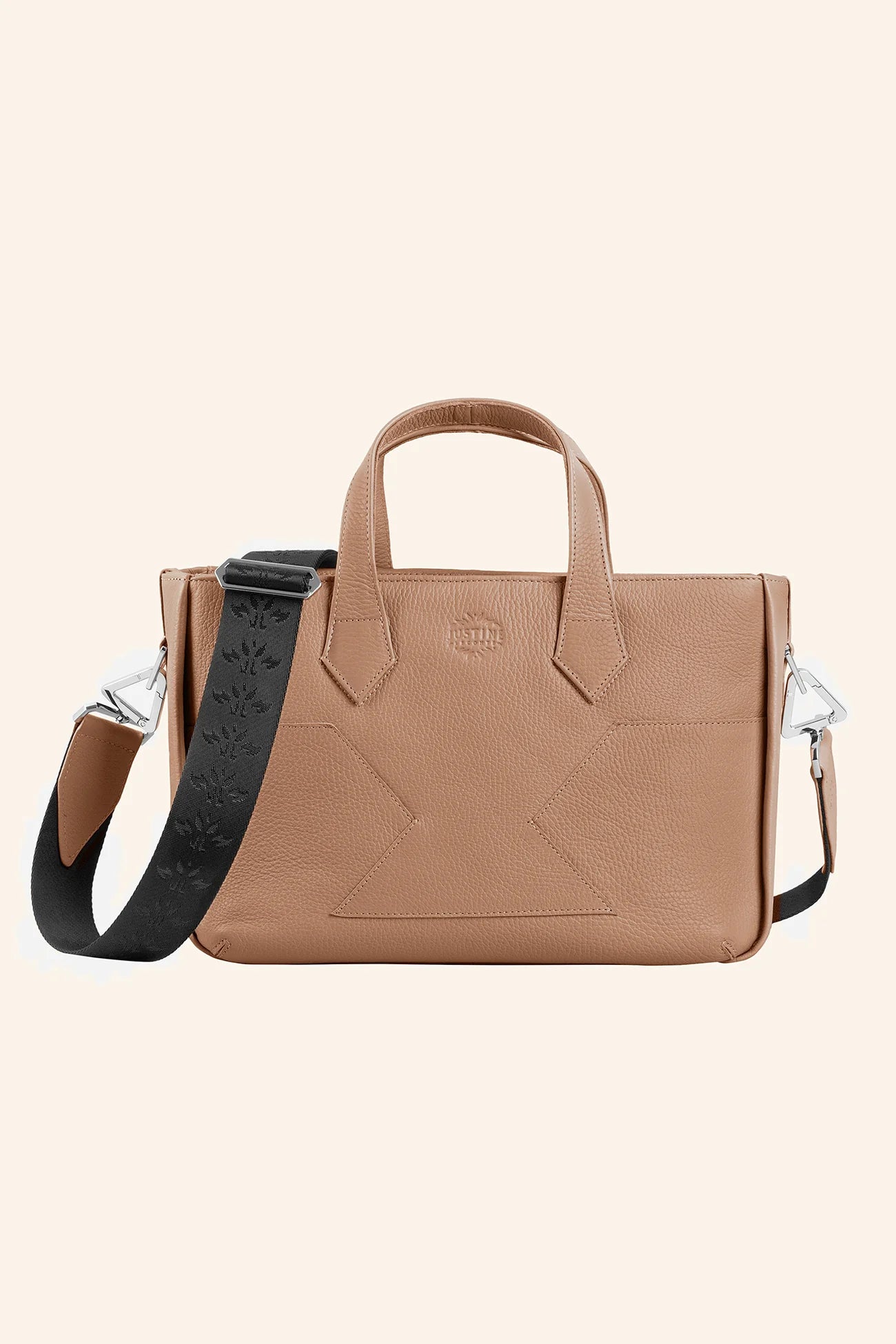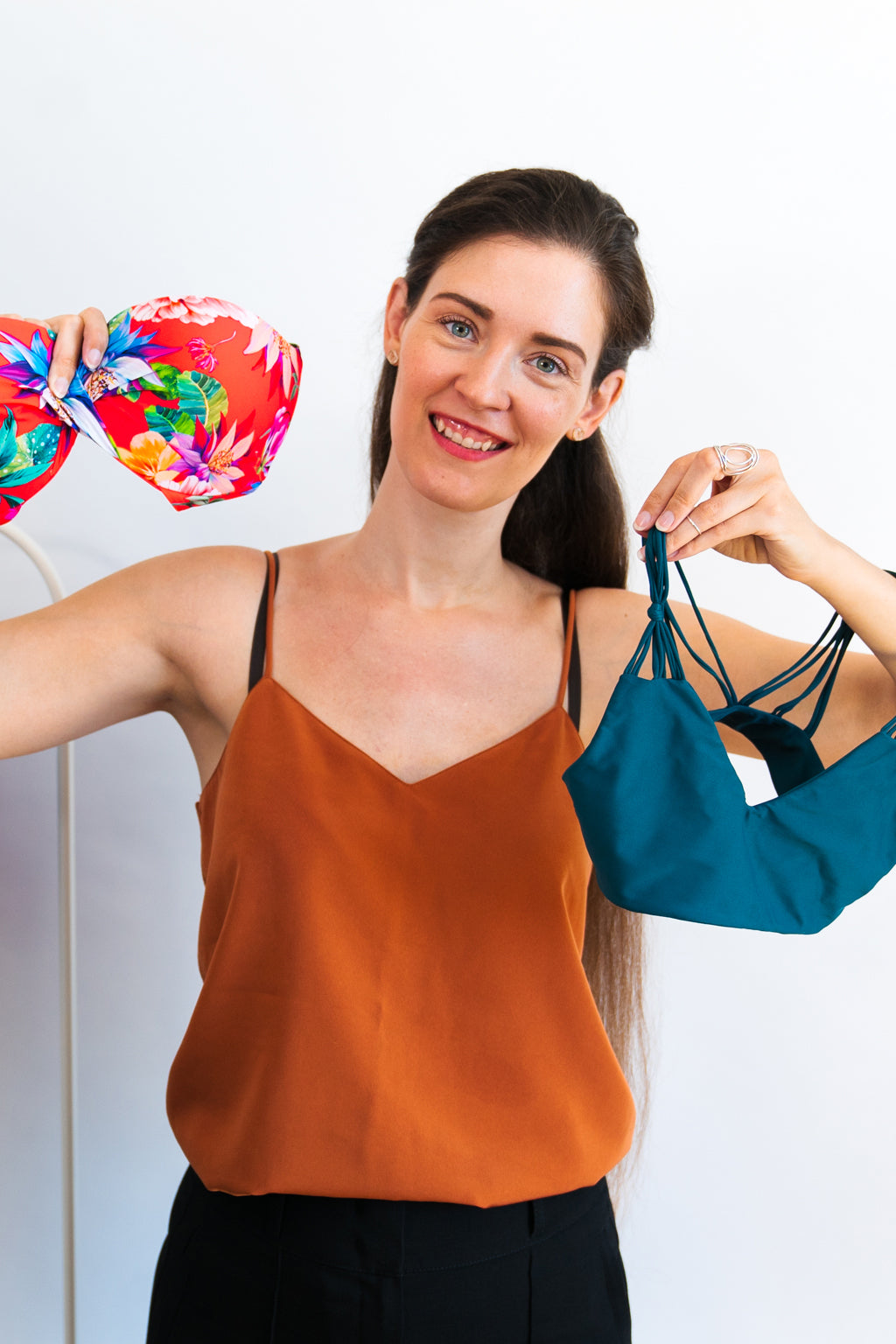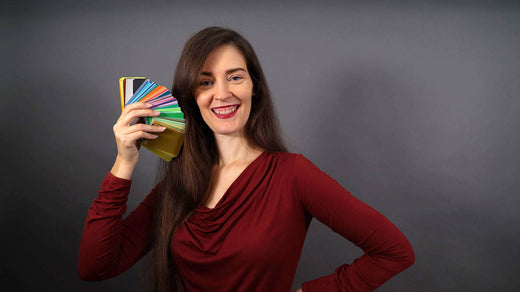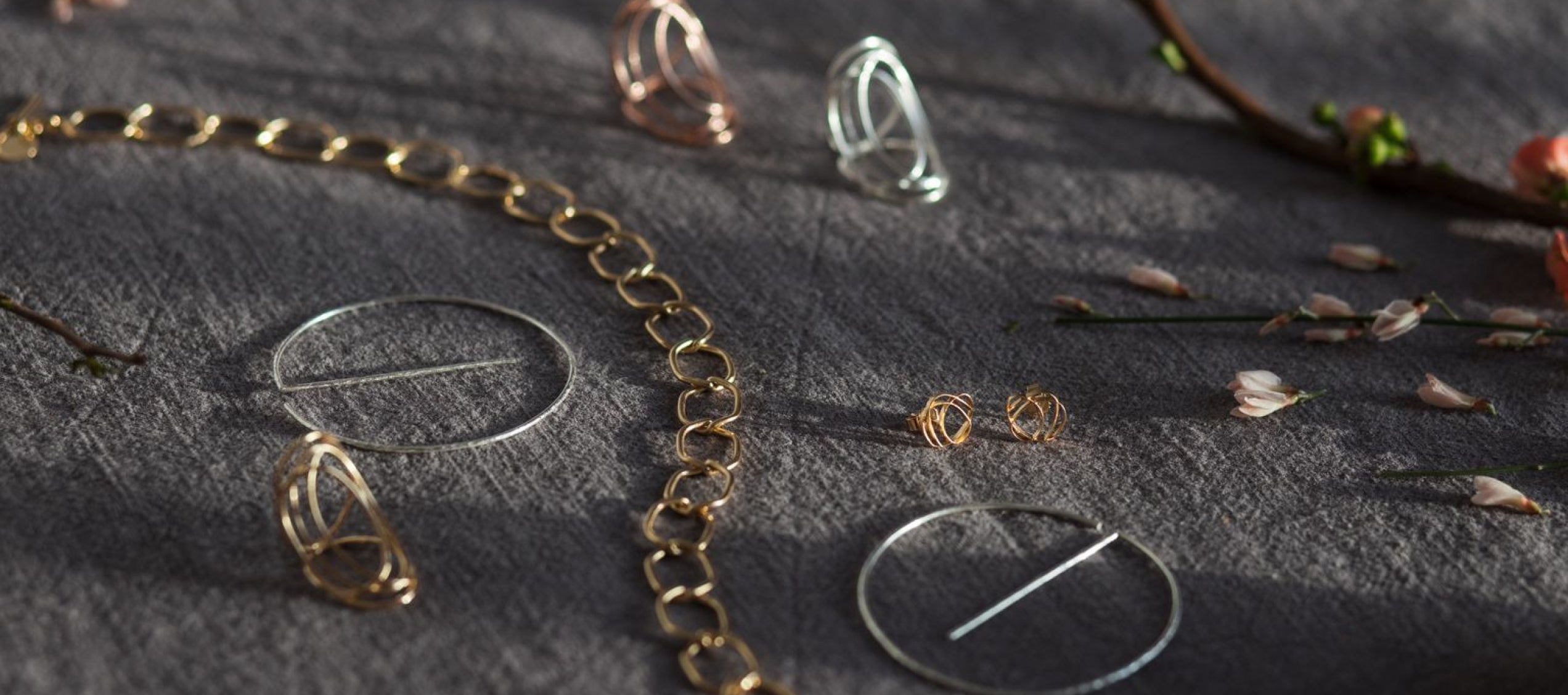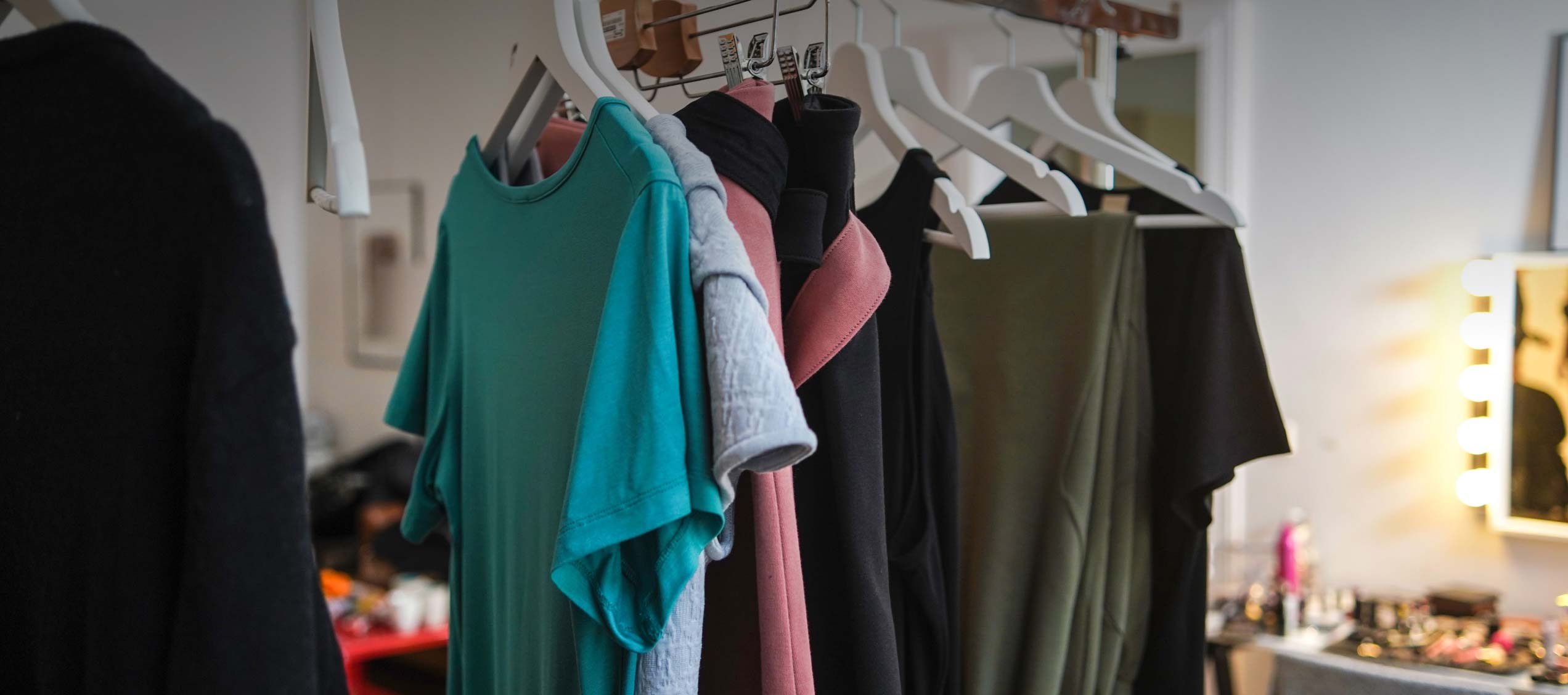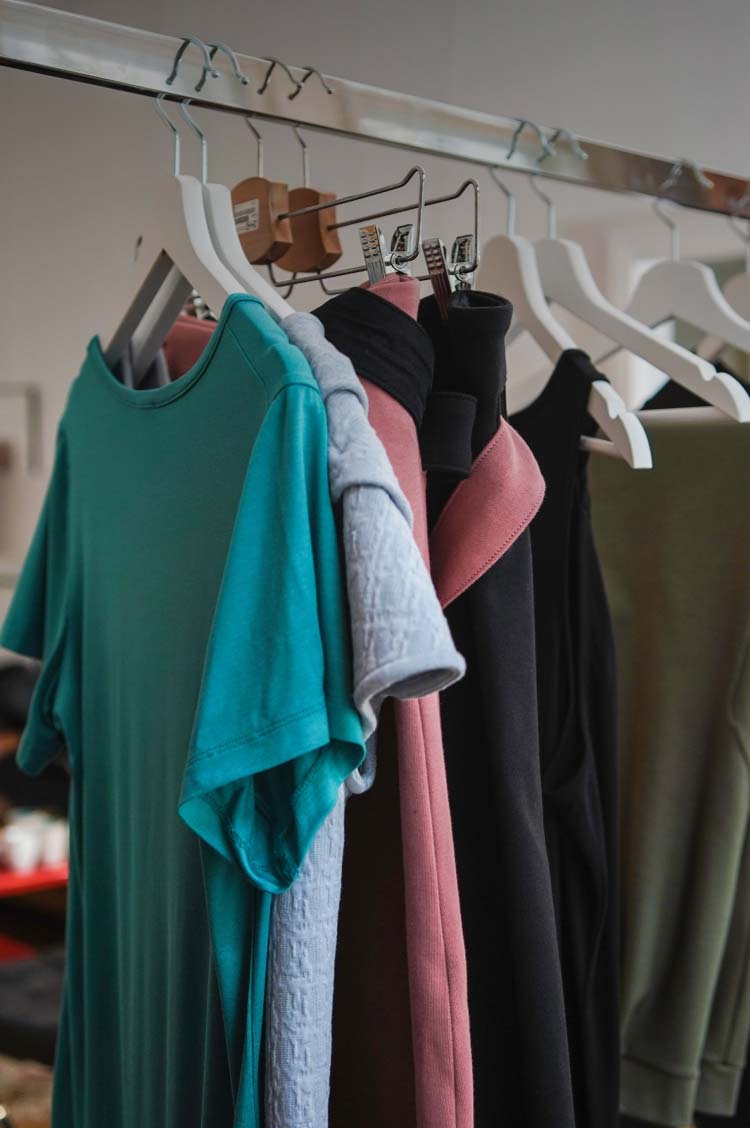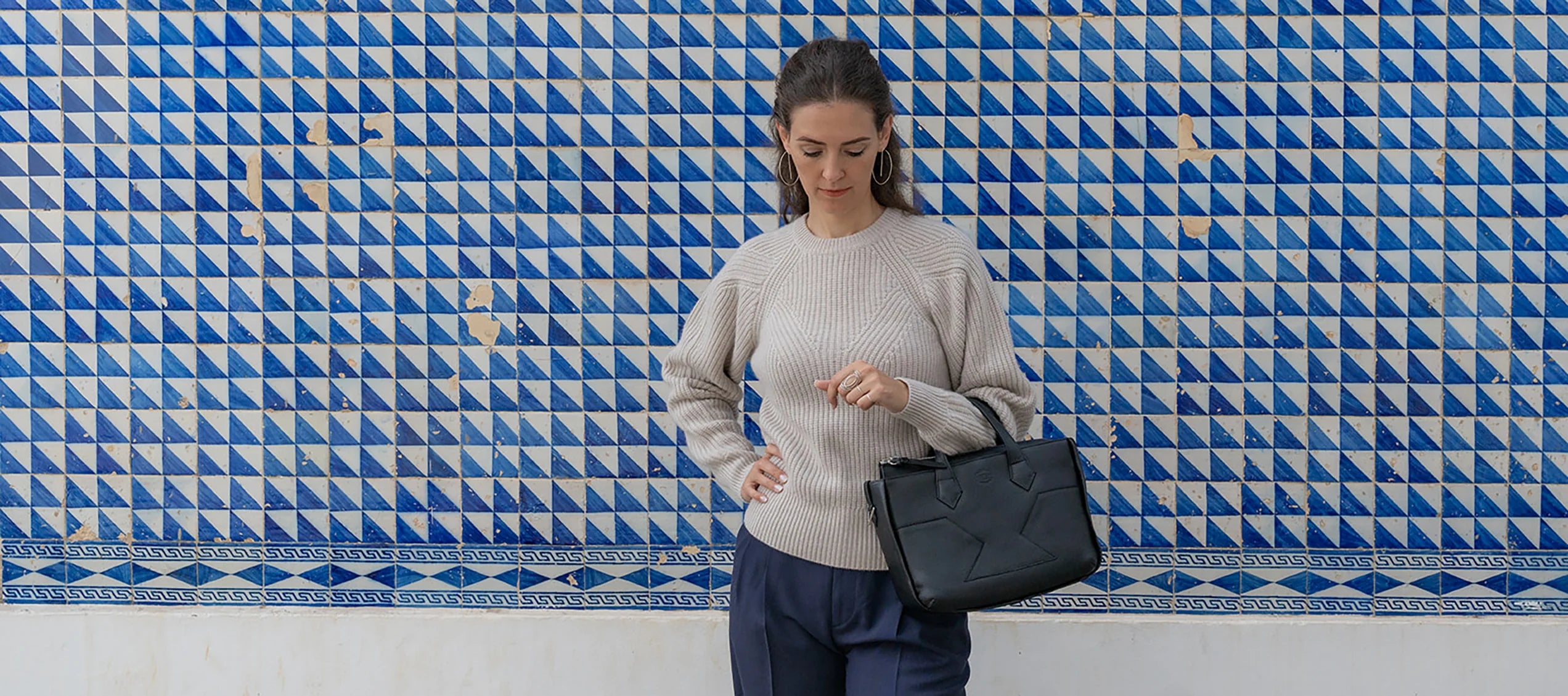Your jewelry is something special, it represents you, your aesthetics and your lifestyle. Sometimes I get recognized in public places by people who recognize my rings (despite being make-up free, hair undone, wearing sunglasses & absolutely unfashionable outfits). My jewelry is part of my identity and so is yours.
This article will help you take care of your favorite pieces so they can stay bright and shiny as long as possible. This advice works for any jewelry brand, not just my own line.
My jewlery is part of my identity and so is yours.
1. There are different metal and plating colors
Jewelry can be made of a solid metal (e.g. gold, brass) or plated on top (e.g. solid silver core + rose gold plating). It doesn’t matter and you should always use a cleaning product that is as gentle as possible, as all metals are soft and subject to erosion if physically scratched or chemically damaged.
2. What is oxidation?
Oxidation is the natural process which happens on metals when they are in contact with the air and/or sunlight over a longer period of time.
On silver, oxidation typically makes the metal turn black. On gold, oxidation looks brassy (tending towards a brown/copper shade).
3. Where does oxidation come from &
how to prevent it?
If you do not wear a piece for a while, you might find that it shows signs of oxidation the next time you put it on. That’s a slow process.
Oxidation comes much faster in the following cases:
- You pressed some oranges or lemons and some juice got onto your rings. The same thing goes for tomatoes and all other foods with an acid pH level. They make metals react very quickly.
- Tip: take off your jewelry when you cook.
- You put on some earrings and then your favorite perfume. This is probably the fastest way of oxidizing said earrings.
- Tip: put on your perfume first, then wait 5 minutes for the droplets to settle and then put your jewelry on.
- You used home detergents without gloves and some of the product got onto your rings. Most of these products will cause oxidation, no matter the brand used.
- Tip: use gloves when cleaning: it’s better for both your jewelry and your hands! And take off your jewelry before showering.
- You stored your pieces on your bedside table or somewhere where light comes in. This will cause oxidation too, but slower than the 3 cases mentioned above.
- Tip: store your jewelry in the box you bought it with, or in a fabric pouch that filters out sun rays and slows down the oxidation process. Ideally, your pieces should be kept in a (dark) drawer or closet.
4. How to remove oxidation if it happens?
Oxidation is no permanent damage to your jewelry but it looks awkward, especially when it appears in “stains” (dalmatian anyone?). So you will probably want to clean your pieces when it happens.
Do NOT use the products you would use to clean your silver cutlery as they are extremely aggressive. And on plated pieces, they would make the plating disappear much quicker than it would through wearing them.
Do use a jewelry-cleaning cloth for all your pieces: it is a mini-investment that goes a long way. You can use this same cloth for all your jewelry, solid or plated.
5. And when the plating starts rubbing off?
If your jewelry is plated, the plating will rub off eventually. How fast this happens, depends on how and how often you wear a piece.
It is recommended to take your jewelry off when you wash your hands, when you shower or when you perform a task where you use your hands a lot.
Avoid the contact with scratchy materials (e.g. sand on the beach!), especially for silver jewelry: silver is a softer metal than gold.
When the plating starts rubbing off, you can see the other metal underneath: on the photo, you can see the silver under the rose gold.
When this happens, you can have your piece re-plated by a goldsmith.
Note that if you have a piece from my line re-plated, you need to ask the goldsmith for a layer of 3 microns (instead of 1 micron which is the normal thickness used). And to get the exact same plating color again, you should ask for 24K gold. You can definitely plate with a less pure gold (e.g. 14K or 18K) but then the resulting color will be paler and less “bright yellow” than when you first purchased it.
If your jewelry is in solid silver without plating, you won’t see any color rubbing off and you will never have to re-plate it. However silver pieces often have a protective layer applied to them (just like plating, but invisible), to prevent oxidation and to make the surface a bit more resistant, as silver is a soft metal.
If you want to learn more about how to style your jewelry, you can read this article with some tips.
If you want this kind of content (and exclusive freebies) sent straight to you inbox every month, you can subscribe to my newsletter:
Here is the YouTube video where you can see the pieces from my MIRAGE collection in detail:
And here you can see some strategies to mix metals when styling your jewelry:

